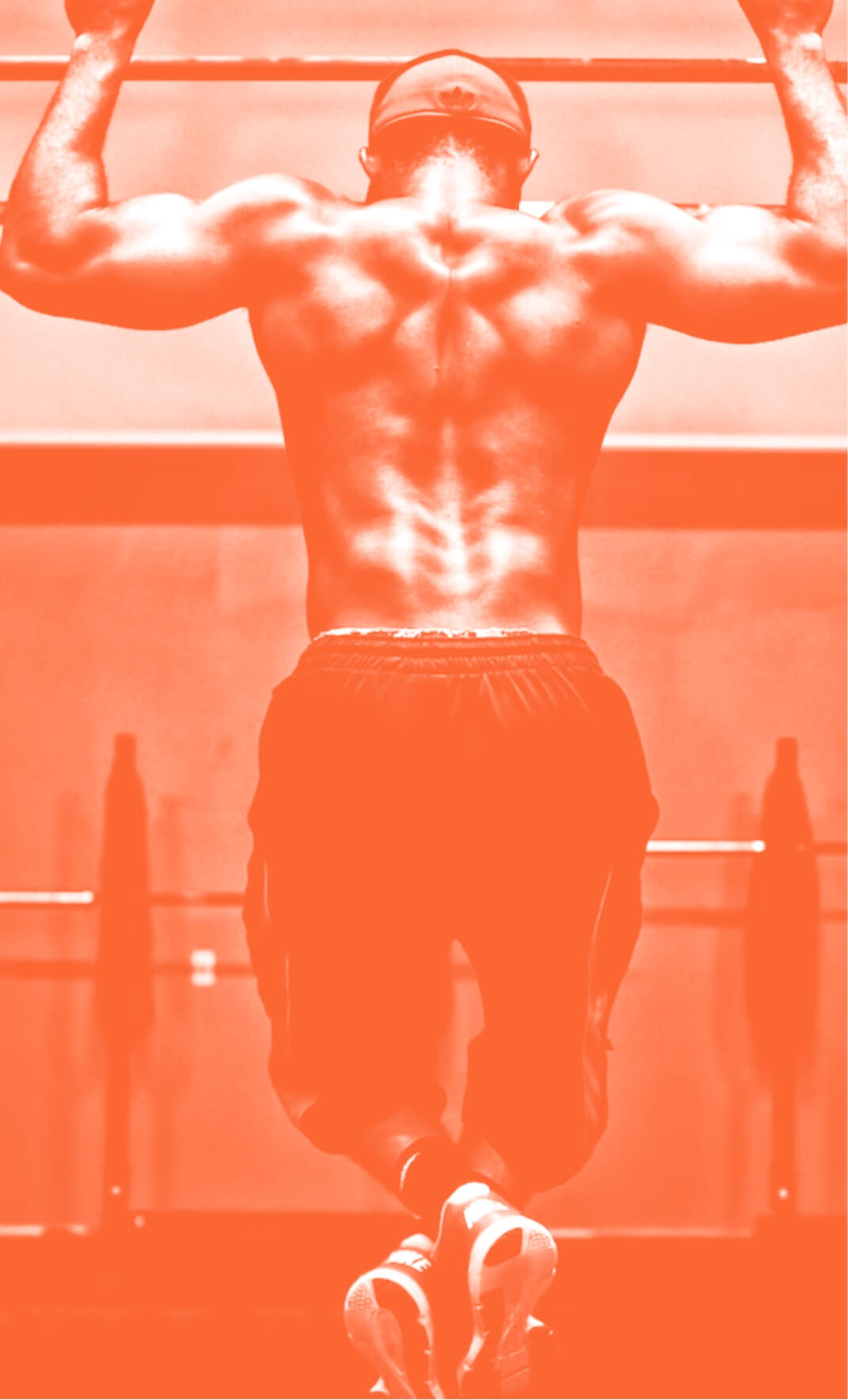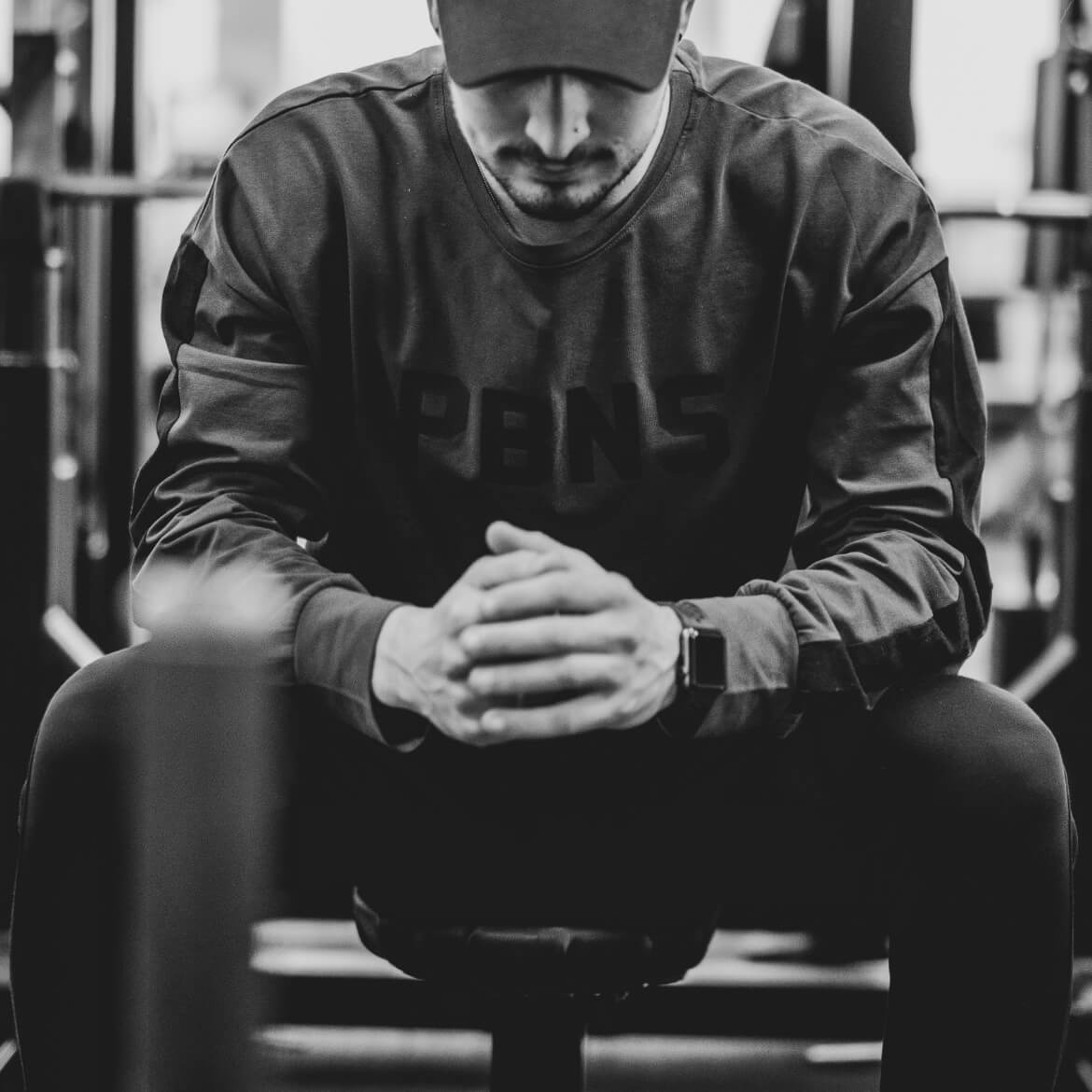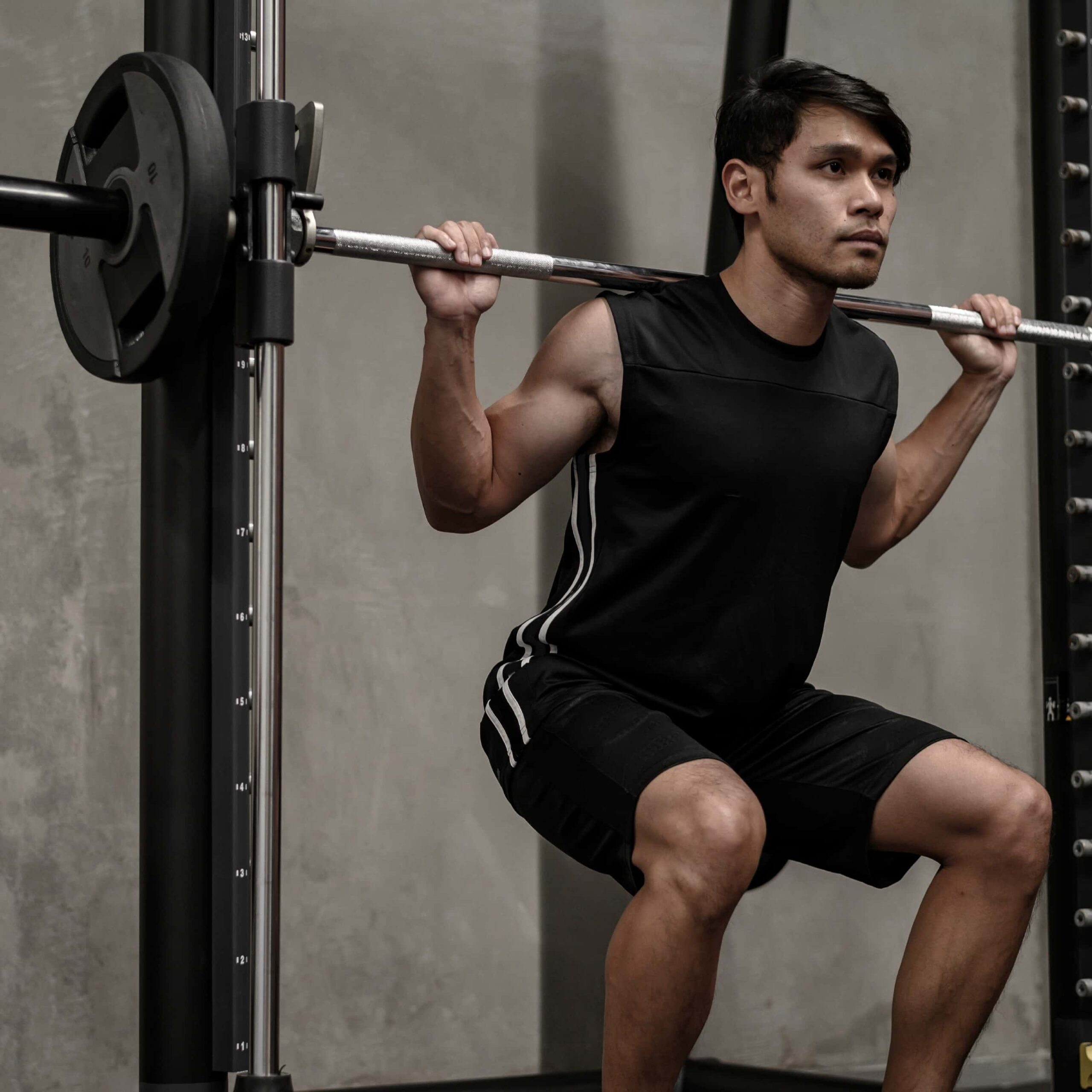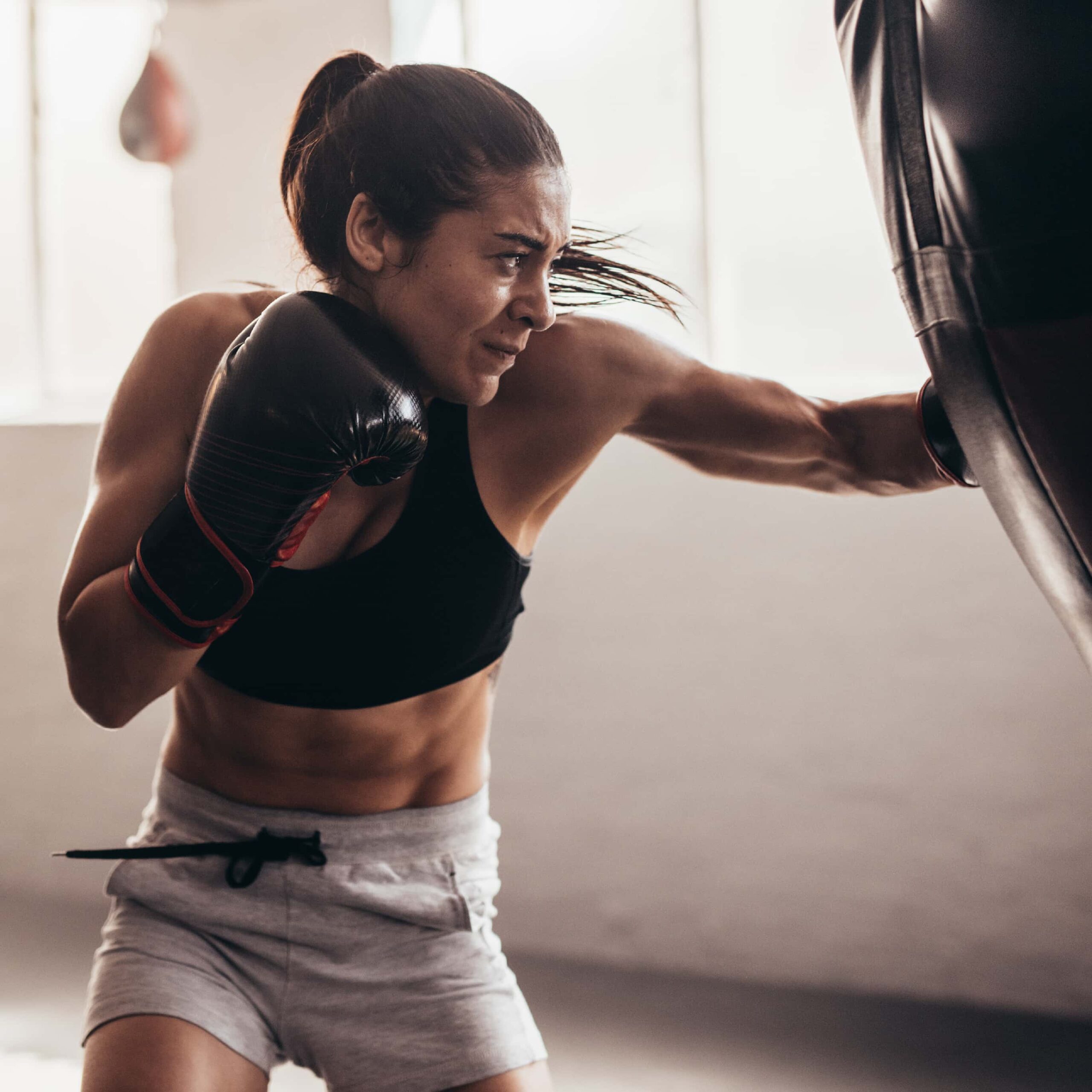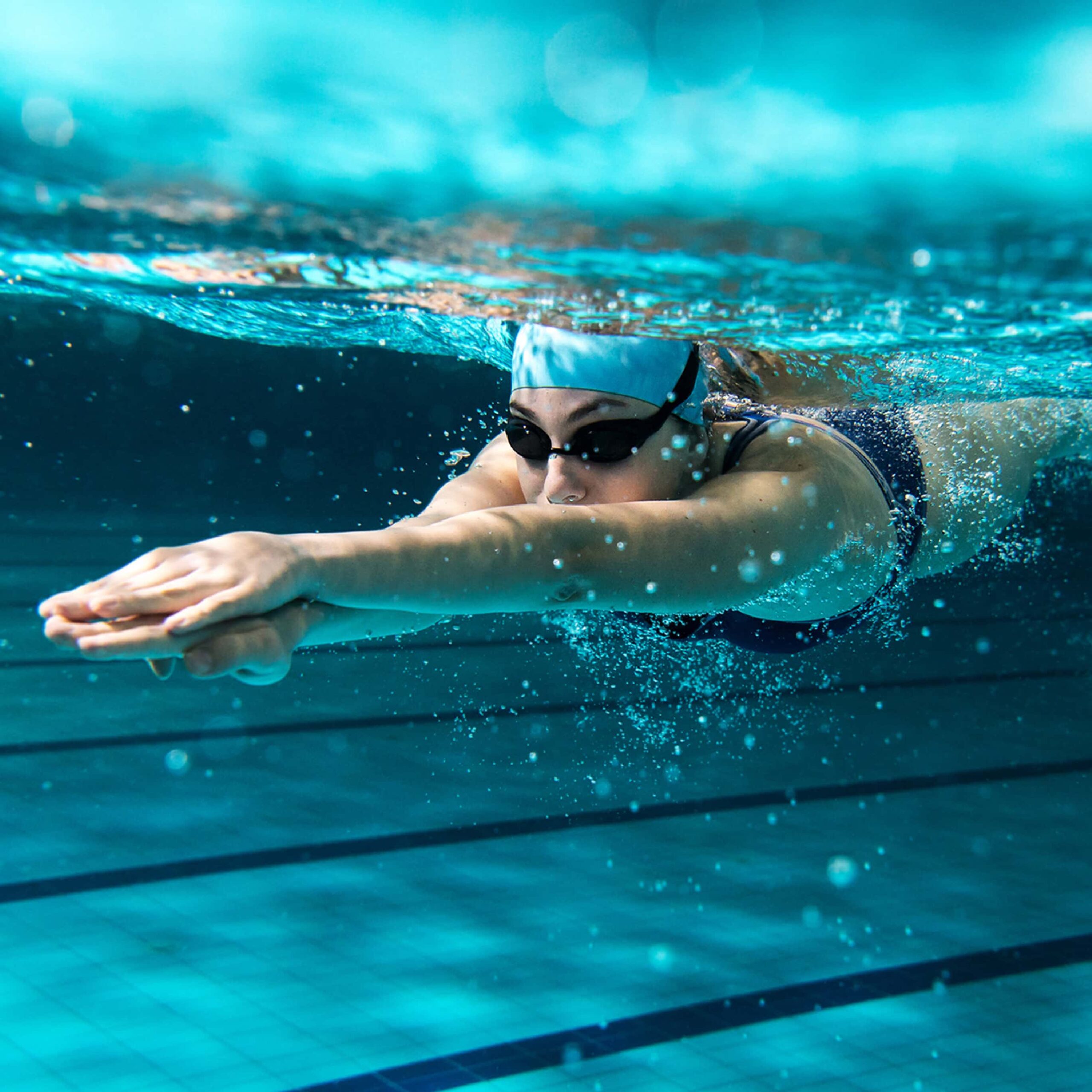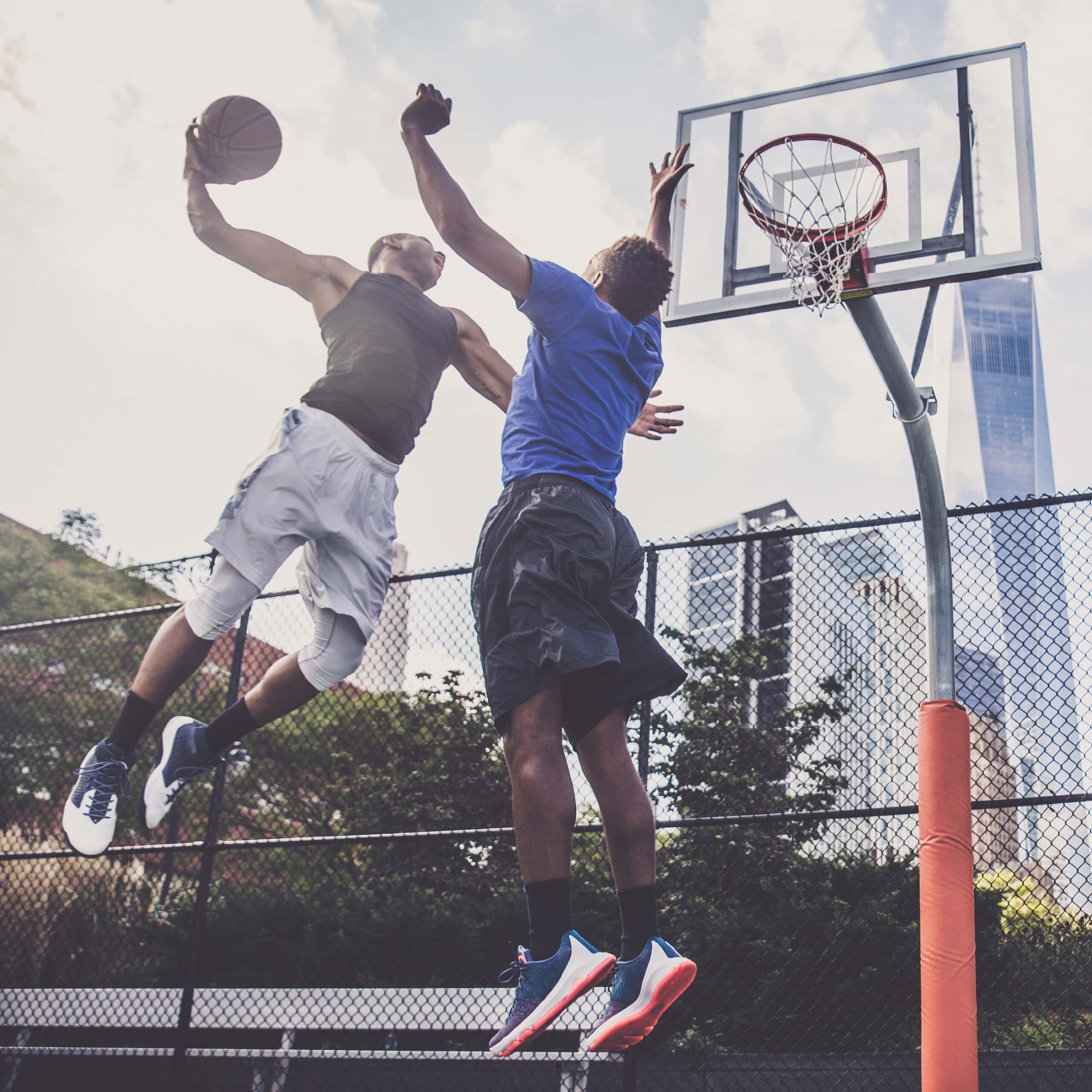How to Squat With Perfect Technique
4th Apr 19

Compound exercises are a fundamental pillar of strength training. No matter what leg workout you are doing, there is always space for a squat in there somewhere. It even outmatches the leg press for functional strength in a big exercise! However, few exercises come close to the efficiency and effectiveness of what a squat does. It hits a wide range of different lower body muscles, and you need to be in good physical strength to be able to do it well, especially with weights.
Despite all of this, there is still more than enough room for mistakes when you’re doing it. For the squat to get a chance to be the game changer of leg workouts that it is, it needs to be done correctly, safely, and regularly. So here are a few of the fundamentals you need to know.
Want to move fast? Jump to the right section below.
Set-Up

Setting up is a crucial stage of any exercise, especially if it is compound or even more so if it involves using heavy weights for a long time. There are a lot of options when it comes to selecting equipment, stances etc., but for the purpose this article, we’re sticking with the more standard usage of a barbell held in front of the body. This is for safety and form reasons, as your back has much more flexibility and will prevent strain. As always, ensure that you have properly warmed up first with the right stretches to ensure that you are ready to perform.
Shoulder Width
Your grip is the first thing you need to make sure you get right so you can keep yourself in the best position throughout the entire movement and not worry about the weight slipping or even being uncomfortable. The best way to do this is to ensure that you’re holding the weight with a grip that allows your hands to be shoulder-width apart.
Knees Behind Feet
Your feet should also be shoulder distance apart to ensure you’re ready to go. They should be pointing outwards slightly at around a 30-degree angle to make sure that the weight distribution is going to be done the right way.
You should have a slight bend in your legs so that you are ready to start the movement, with your knees still behind your toes rather than hanging in front. Your knees should never go past your feet, so keep this in mind! Your knees should be pointing outward, too, in line with your feet.
Light Weight in Front, Heavy in Back
Finally, it is time to work on holding the bar after you’ve set everything up for your grip and stance. Again, the safest way to squat in both the long and the short term is to ensure that the weight is in front of you.
This is usually done by resting the bar across your collar with support around the bar to prevent discomfort. As you move on to heavier weights, this can become more and more hazardous, and this is usually when you begin to put the bar on your back, just below your traps. Make sure you can do your whole set safely and comfortably once you start!
Technique

Once you know you’ve set everything up correctly and warmed up, you’re ready to begin working on your technique. Below you can find the essentials.
Breathing
This is an easy one to forget about, or you may even feel it goes without saying, but it is an important thing to nail on any exercise. You need to breathe in through the downward movement and outward through the upward movement to let your muscles work to their full potential and get the best possible results.
Engaged Core
Keep your core engaged throughout the exercise to ensure that you remain strong and stable. It is the safest way to do the exercise, and it’s generally a good habit to get into for pretty much any workout, especially something that is as compound as this is. This is what your abs are trained for!
Chest Out
Push your chest out once you begin to lower yourself downward. This is the easiest way to ensure you’re keeping good form throughout your entire body, lower and upper. Of course, it pushes your glutes and hips back, too, which is a massive part of the exercise, so it’s generally a great rule of thumb.
Hips Lower Than Your Legs
This is possibly the most important point to remember if you want to ensure that your squat is as good as it needs to be. This is the first step towards making serious lower body progress in the long run. When you lower yourself down, you need to ensure that your hips are below your thighs. Parallels just don’t cut it with the squat; you need to get deeper, but not too deep. Find the balance!
Heels On The Floor
Finally, we must go back to looking at the positioning of the feet. Although this one isn’t particularly dangerous, your feet moving into the wrong position is likely the most common issue you find when doing a squat properly. Your feet need to remain flat on the floor!
It is essential that you aren’t taking your heels or your toes off the floor to balance yourself. If you can’t manage it, try it without weight until you can. You need to get it right!
Once you have this down, you should be pretty much on point with the squat you are trying to achieve. However, the squat still has a huge amount of variation for you to utilise if you need to, including changing equipment.
Dumbbells and even kettlebells are often a good way to go, but find the best type to suit your needs, and you’ll soon master how to squat like a pro. You will also get huge strength benefits for your whole body in a functional way. That’s what the squat is for, after all!

Before beginning any exercise or nutrition program, consult your physician, doctor or other professional. This is especially important for individuals over the age of 35 or persons with pre-existing health problems. Exercise.co.uk assumes no responsibility for personal injury or property damage sustained using our advice.
If you experience dizziness, nausea, chest pain, or any other abnormal symptoms, stop the workout at once and consult a physician or doctor immediately.

